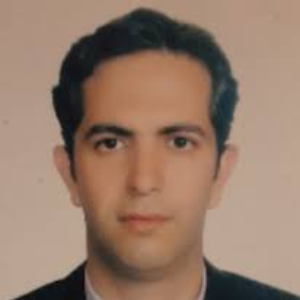Title : “The importance of sustained junctional tachycardia following cessation of radiofrequency current delivery in slow pathway ablation
Abstract:
Background
Apart from junctional rhythms during slow pathway ablation, there is limited knowledge on the junctional tachycardia persisting following the ablation cessation. So, this study aimed to determine the characteristics and significance of this rare arrhythmia.
Methods and results:
This study was done on 487 patients with AVNRT underwent the radiofrequency(RF) ablation. The RF delivery-induced Supraventricular Tachycardia, persisting for a few minutes following the termination of ablation (post-ablation SVT) was investigated in this research. The atrial overdrive pacing was applied to the post-ablation SVT, in order to distinguish AVNRT from Junctional Tachycardia(JT). A total of 2337 RF-current deliveries were applied, and post-ablation SVT was observed in 81 of them. According to the electrophysiological studies, five of them (in five separate cases) were definitely diagnosed as JT. The overall incidence of post-ablation JT was about 1% of all patients. In these cases, RF energy was applied to the posteroseptal region and roof of the proximal coronary sinus. As well the mean cycle length of JTs was equal to 446 ±67ms. Following post- ablation JT termination, four cases met the endpoints of successful ablation, demonstrating a positive predictive value of 80%. Atrioventricular (AV) block occurred in none of the cases. Additionally, reappearance of JT was not observed during procedure or during the mean follow-up period of 19.8 ± 8.4 months.
Conclusions
Post-ablation JT is probably a transient Ischemia-induced arrhythmia requiring no further ablation. Thus, it is recommended to differentiate between the AVNRT and JT in post-ablation arrhythmias to avoid unnecessary RF application.
What will audience learn from your presentation?
This is the first study primarily focusing on Junctional Tachycardia persisting after termination of slow pathway ablation. This survey provides valuable data and recommendations on what to do when an electrophysiologist encounters this arrhythmia.
You will find the answer to these questions:
do you have to continue ablation when post-ablation JT occurs?
Is post-ablation JT a pre-existent arrhythmia and does it need to be treated?
Is it a predictor of AV block and major complications?



